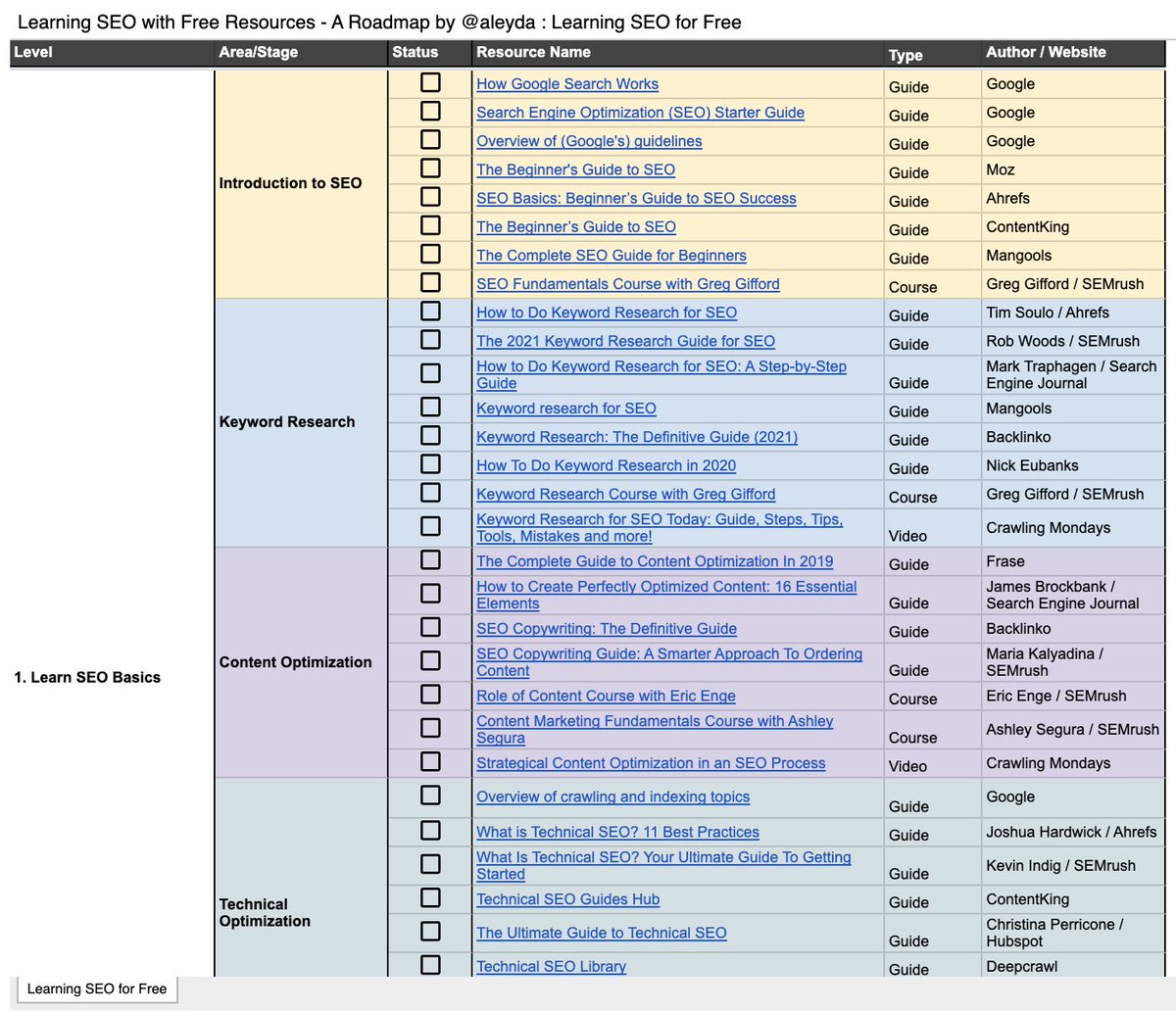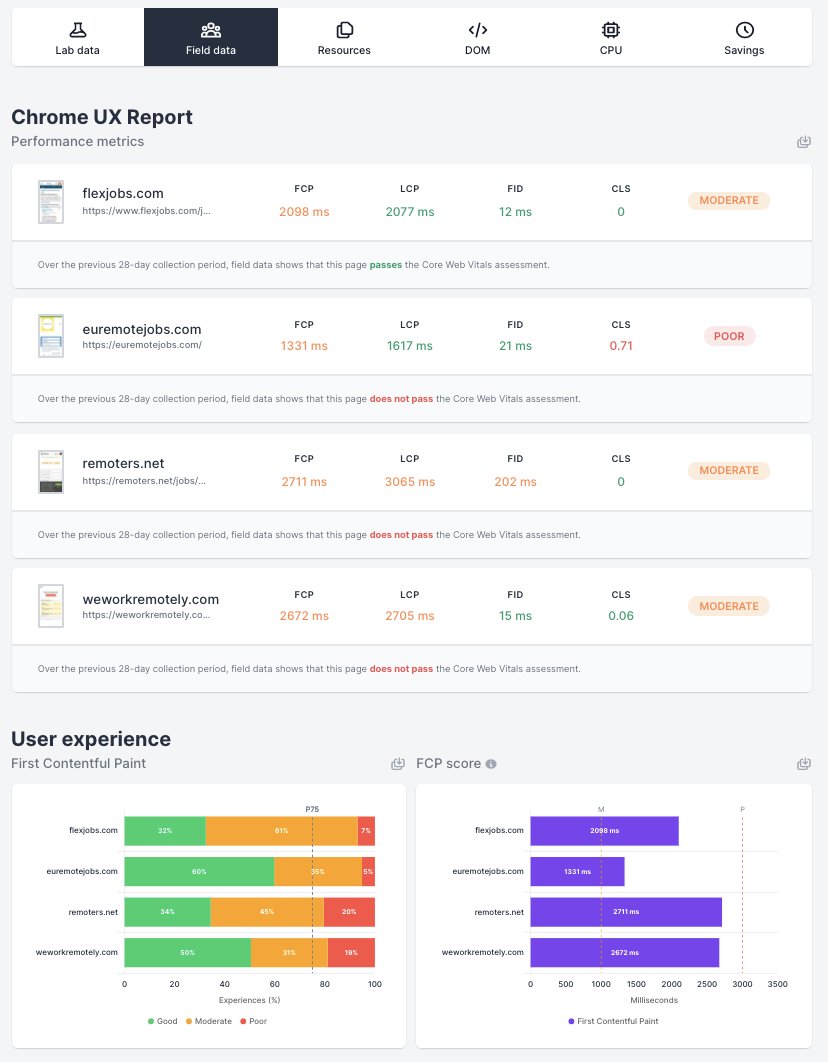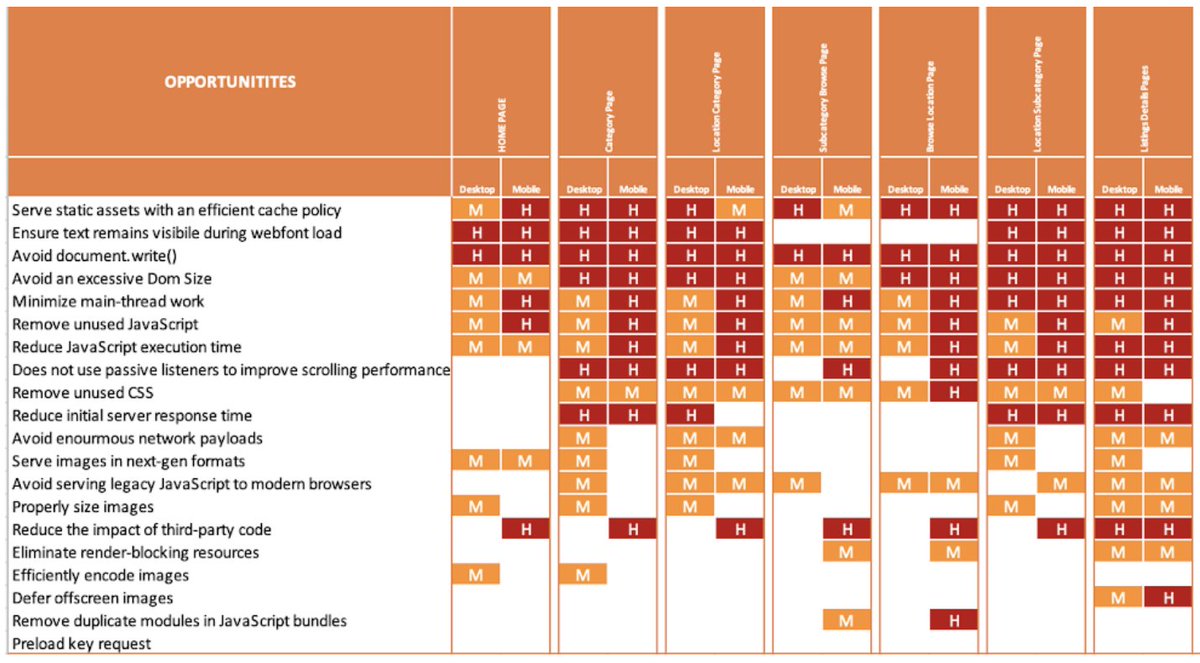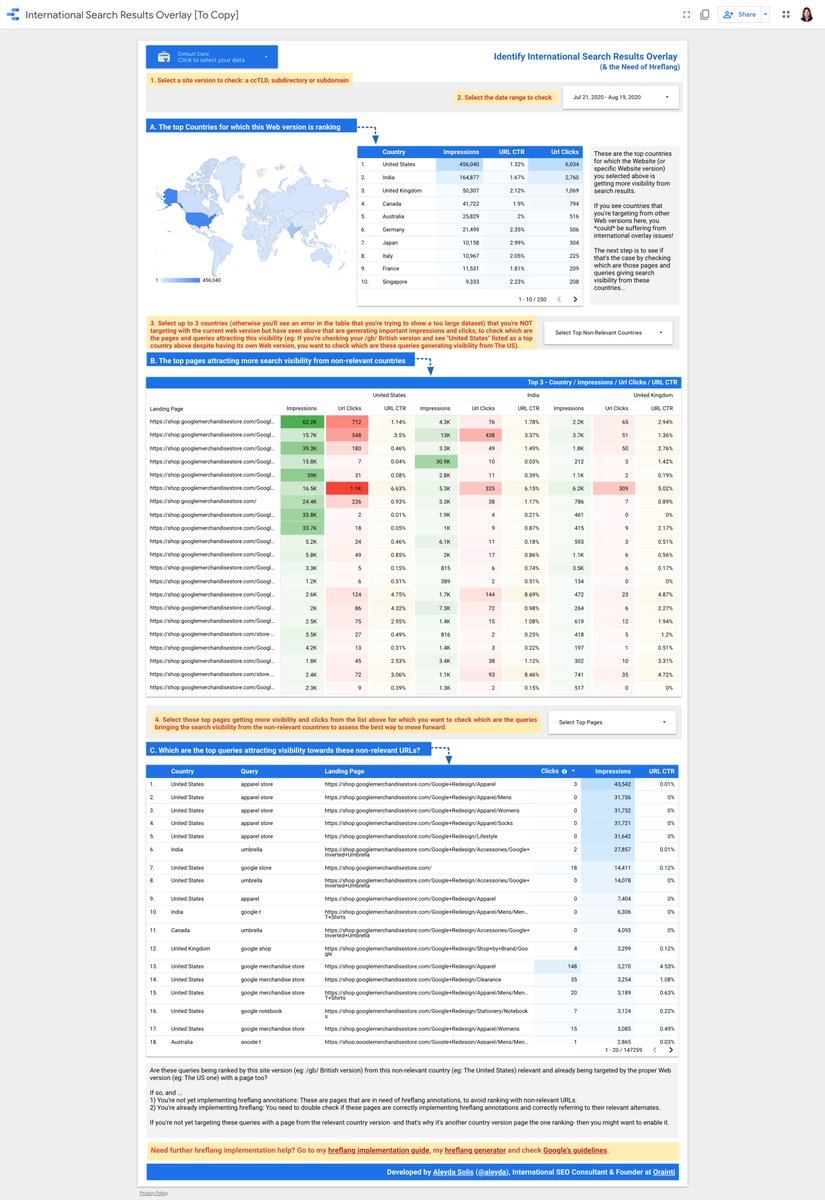
If you’re a builder/maker/writer/etc: whatever you create, esp at the start, even if it’s super useful, attractive and for free ... you NEED to promote. The more you don’t have a established brand/following: the more you need to promote. There’s no shame on promoting at all ...
... is part of the journey, just do it in a meaningful, relevant way! We’ve all been there and even if we have now a more established following/brand we continue to promote to get what we make visibility. Have you seen how I share about #seofomo, #learningseo or @remotersnet? ...
... there’s this fallacy about: create something great and the rest will come! Why? I don’t want to leave anything to “chance” especially if I’ve invested (and I’m proud) of what I’ve build: I’ll promote every single time 💪 the best? This compounds over time 😉 ...
...what compounding means here? That more you create (& promote) awesomeness the more ppl will follow you and the less you’ll need to promote to get the visibility you want. Eg: now with 85K followers I don’t need to promote as much to get certain visibility than when I had 10K
... so don’t be frustrated when what you build doesn’t get the coverage you expected. Start promoting instead: suggest it and share how it helps, reach out to potential users with visibility and refer to others in relevant way! The more you do, the less you’ll need it. 🙌
• • •
Missing some Tweet in this thread? You can try to
force a refresh



















